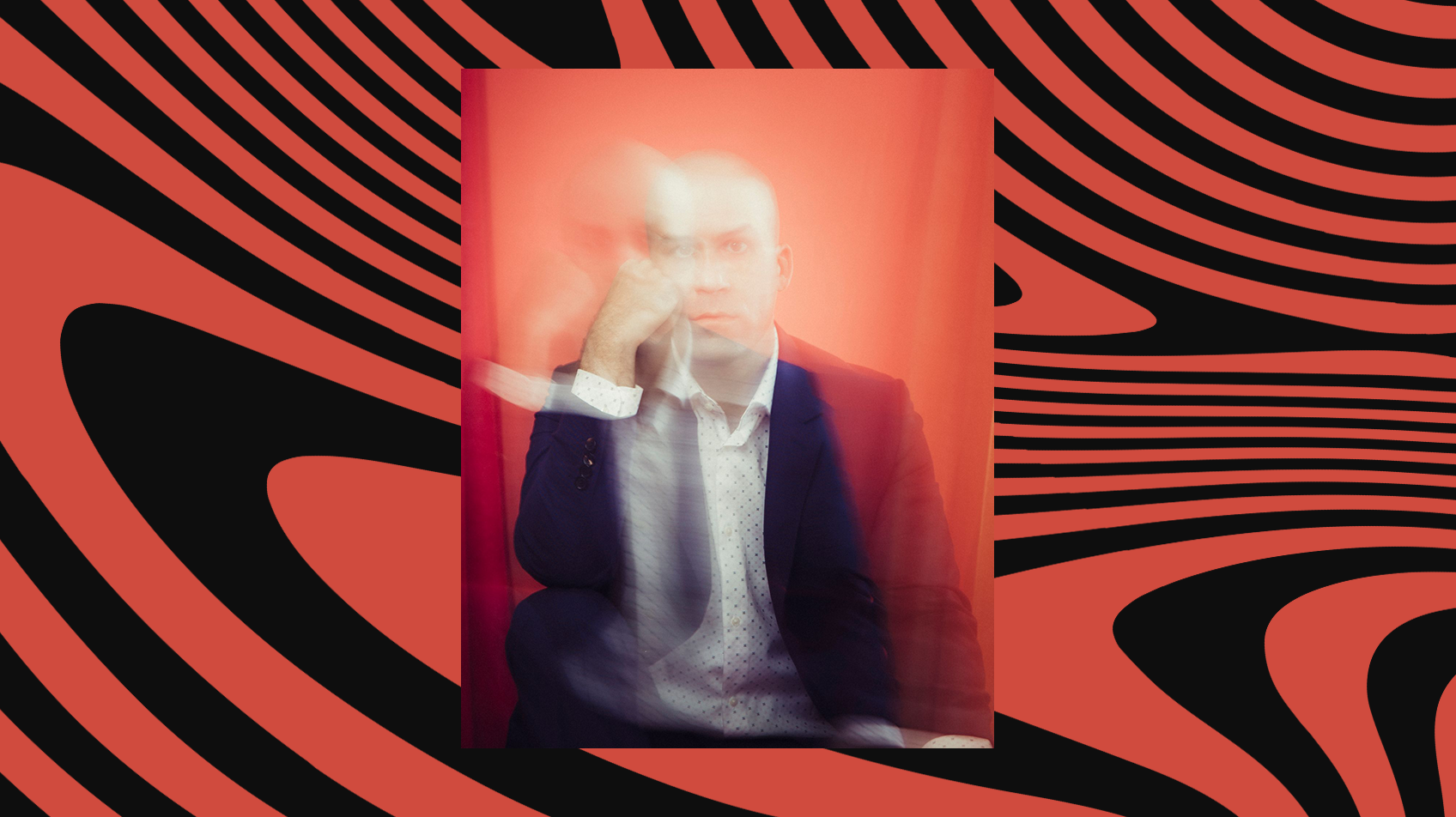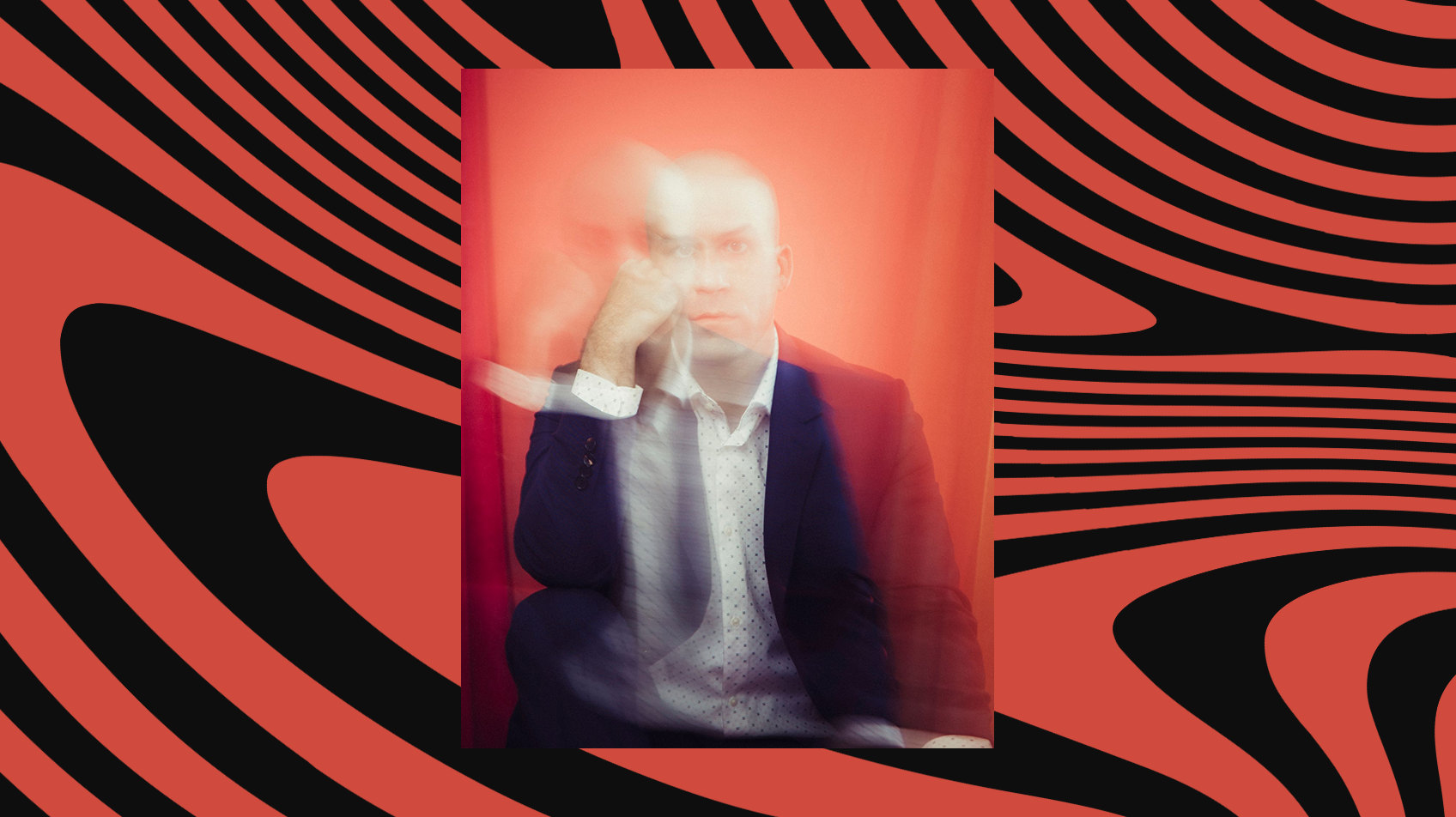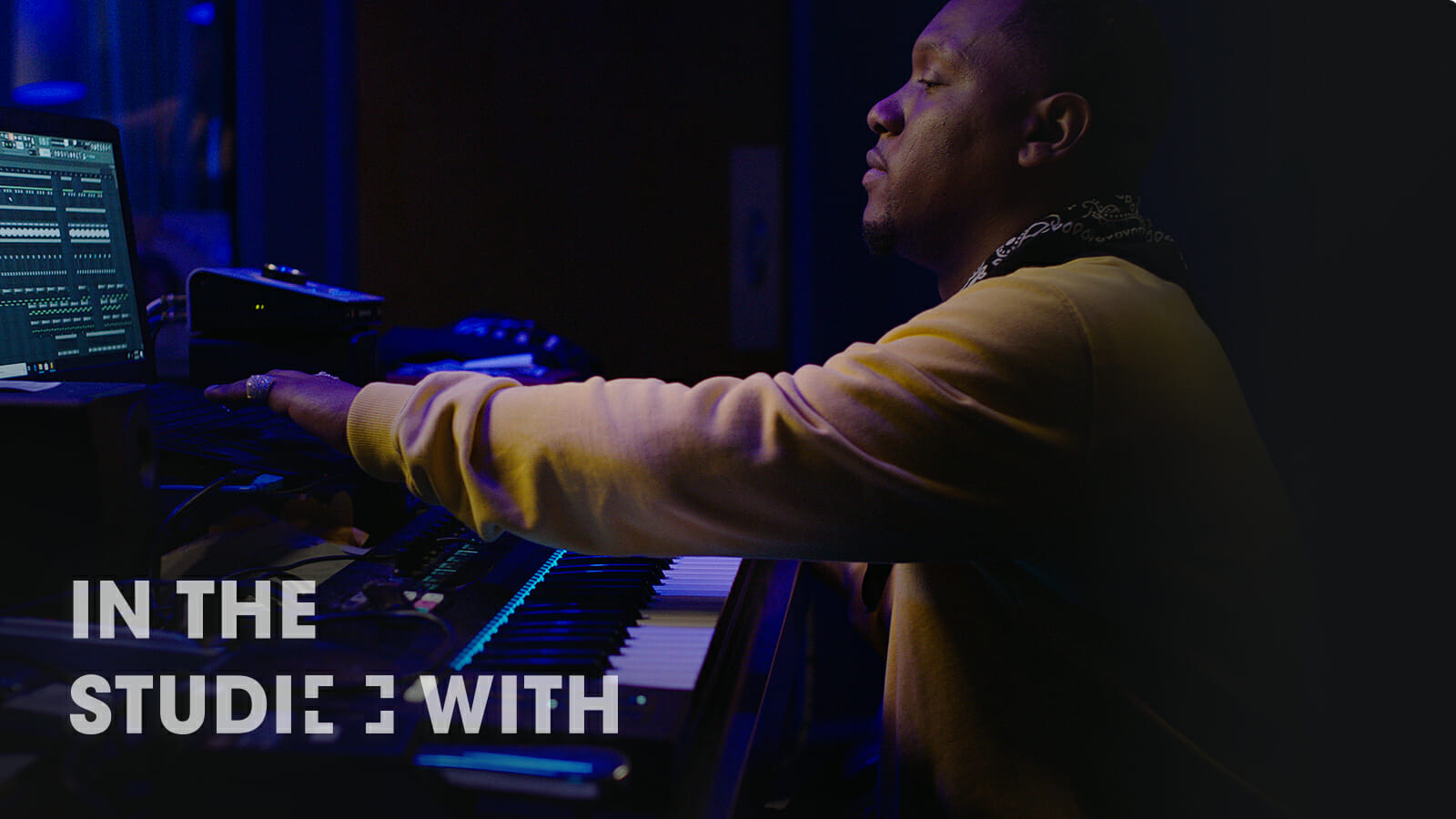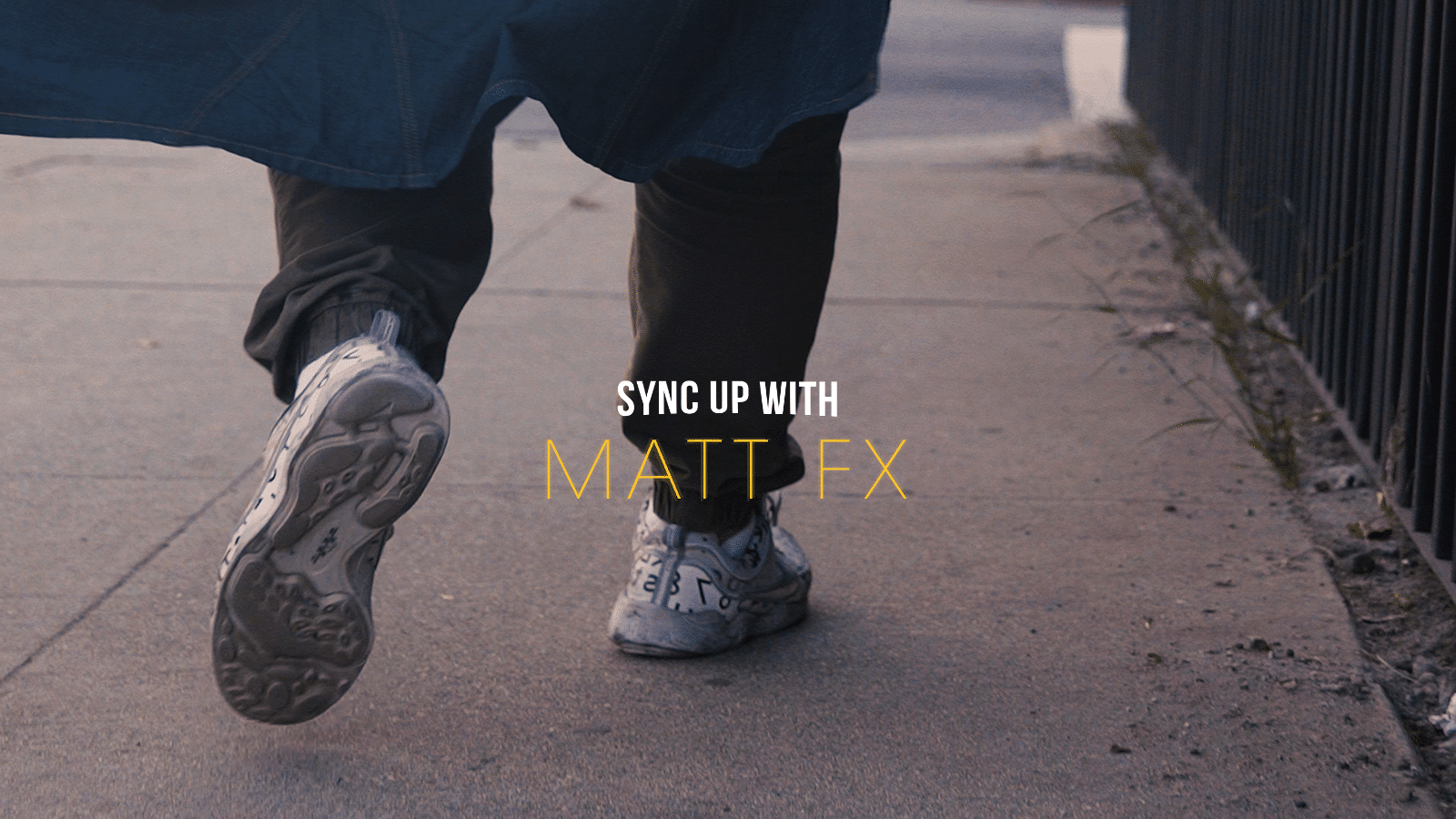
Maclaine Diemer is the lead composer for Washington-based video game developer ArenaNet. In this edition of Talkback, he cracked open a few of his Cubase sessions for his latest work for the company to demonstrate how two Output FX plugins — Movement and Portal — helped him dial in the atmosphere in his latest body of work.
“When I first discovered Portal, I was already a few tracks into this soundtrack,” he explains. “It’s hard to get classic effects to sound anything different from what they are. A reverb will sound like a reverb; a delay will sound like a delay. But Portal is like a shortcut to the fantastical. It’s perfect for transporting players to new and unfamiliar places.”
Before he was a game composer, Diemer was a Berklee-trained guitarist who played in the rock band Bang Camaro. “I spent most of my 20s trying to be a rock star, and did some fun stuff, but you know, didn’t make a ton of money,” he says with a laugh. “A lot of my adult life revolved around that band. I’ve still got all the same guitars and gear I had back then — I just don’t have the hair anymore.”
The transition from headbanging to video game composition wasn’t immediate. As the band wound down, Diemer started working at Harmonix Music Systems, which at the time, was developing the first sequel to Rock Band. “All we did was transcribe the music into those charts that come scrolling at you on the screen,” he remembers. “They wanted people who had experience playing instruments to get the feel right, so we’d be making those little patterns.”
After getting some more sound design experience under his belt at Harmonix, Diemer made the jump to ArenaNet, a company he’s collaborated with on and off ever since: first as a sound designer, and then eventually lead composer on numerous expansions for Guild Wars 2 over the past decade. The latest DLC, End of Dragons, sees the Guild Wars universe expand into the futuristic Asia-inspired city of New Kaineng and the lush forests of Shing Jea Island.
Guild Wars is originally a high fantasy-style game — the type usually accompanied by Western orchestras and traditional arrangements — but the cyberpunk-style update now gave Diemer more opportunities to write different styles of music. “There are purely synthesizer-based sounds and textures,” he tells Output, ” as well as more traditional orchestral sections and traditional Korean music and instruments, warped and processed.”
Diemer was kind enough to open up some sessions from the End of Dragons production and walk us through how he used Output Movement and Portal to achieve some of this futuristic sound design. Check out the full End of Dragons soundtrack below and get his insights after the jump!
City Tensions (Output Movement)
This was one of my first times using some plugins on violins and strings, intentionally giving them a quality that you’re not used to hearing in an orchestra. This track is heard in a very bustling, urban environment, with glowing neon signs and a bit of that Blade Runner aesthetic.
When you listen to the strings with and without the effect, you’ll notice there’s a lot going on. Movement is essentially acting as a tempo-synced, sequenced filter. It’s not quite on time, and you can hear some small clicks from when the cutoff jumps to the next value, but in the full mix, the result is that it sounds more alive.
There’s also a lot of reverb, also added by Movement. We wanted the music in this part of the game to sound as if it was drifting around the city, bouncing off the buildings. And that’s not something I’d really heard with traditional orchestral sounds. With Movement, there’s more ambiance.
Alone In This Metropolis (Output Portal)
Like the name implies, this cue is for the city at nighttime: I wanted to invoke that neon glow, so there are synth textures pushed forward, a little bit of orchestra stuff, and traditional Korean instrumentation as well.
I processed these instruments using Output Portal, which is adding some very subtle effects — reverb, grain delays… I admit, I’m not even 100% what this thing does, sometimes. I like to encourage people to get messy; don’t worry about the technical details. After all, it’s about how it makes you feel in the end.
The effects from Portal are especially noticeable on the tails. I’m not afraid of simplicity; I’m not here to impress anybody, you know? With composing, it’s all about whether the final product fits the mood, tone, and atmosphere that you’re creating. There are times to show off, and times when you just need one sonic hook to keep people invested. To me, this one’s the latter.
Kaineng Riverways (Output Portal)
One of the key elements on this track, and across the soundtrack, is a traditional Korean flute called a daegum, which is typically played with this heavy, heavy vibrato. It’s a unique sound that makes for a really interesting input characteristic for some of the crazier effects in Portal.
When I listen back to this, there are a couple of things I love about it. One is that you can hear the performer’s breathing, and it gets incorporated into the effects. That sort of natural, unquantized, and unplanned sound blends into the full mix nicely.
We used two mics for the daegum — a condenser mic, and a basic dynamic mic, a Shure SM57, just to see which sounded better. So there are two identical instances of Portal on each of these audio tracks, which adds even more phasing between the two recordings. The result is that it doesn’t sound like one person playing a single daegum. Instead, it sounds like an army playing together, in some city square around the corner.
Want more production tips? Check out producer Matt Lange’s tips on how to use electric guitars in dance music.



